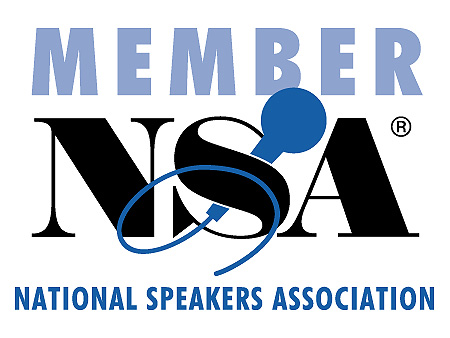 Send to Kindle
Send to KindleWhere do you belong? Are you part of a group, a team, a church, a social club, a professional organization? There’s been a lot of discussion lately about how some generational groups aren’t team players and want to work individually. Yet, these same people have families, and friends. Maybe they like to go to sports events or concerts with the same small group. Psychologist Abraham Maslow identified belonging as a basic human need on his Hierarchy of Needs.
Maslow linked belonging and love. He referenced love, not in a sexual context but rather as a need to be appreciated by others. While Maslow’s work was not particularly aimed at leaders, his thoughts on belonging translate well. Most people have a need to be part of something. More importantly though, most people need to feel they are a valuable part of something.
A leader must be careful on this point. It’s easy to dress everyone in the same clothes and have a meeting every morning to remind them of their part in the “team.” The true belonging need requires more than that. Truly belonging means being a valued part of a group. If you lead people, how many times have you sought out their thoughts on an issue and then seriously considered what they had to say? Or, as is unfortunately more common, do you not consult them at all, using only one-way communication to downward direct? Interestingly, belonging is a human need that works both ways.
As I said, a person has a need to belong, but leaders also need them to belong. For the person, being treated as a valuable member of a group helps satisfy this need. For leaders, having workers who genuinely feel like they belong is the best way to realize the full potential of their human resources.
When a person truly feels like they belong, they can then work on the next level of need; self-esteem. Self-esteem is a little complicated and certainly an over-used term in today’s world. Maslow said there are two levels of self-esteem. The first is the feeling that comes from mastery of a task or attainment of a level of competence. The second is a sense of recognition from others. Both are important for leaders.
Recognition from others is closely related to belonging, but let’s be clear. The need is for genuine recognition of the person’s value and the worth of their contribution. The pat on the head, everyone wins attempt at building self-esteem is false and can actually have an affect opposite than the desired one. Seeking out an employee’s input and genuinely appreciating their contribution is what builds this type of self-esteem.
The second type of self-esteem need is met when a person attains a level of success. When a worker masters a job or learns a new skill, it helps satisfy this need. The key is that the need for this type of self-esteem will cause an internal motivator to seek out new challenges, and new things to learn. If those opportunities aren’t available, the conflict can be significant enough to drive a good employee into your competitor’s store. This need is very close to self-actualization which is the pinnacle of Maslow’s hierarchy.
Do you appreciate your employee’s contribution and seek out their expertise? Do you give them the opportunity to genuinely fulfill their self-esteem needs?
In the final post in this series, we’ll take a look at the highest level of need; Self-Actualization.
Please leave a comment and let me know what you think.



